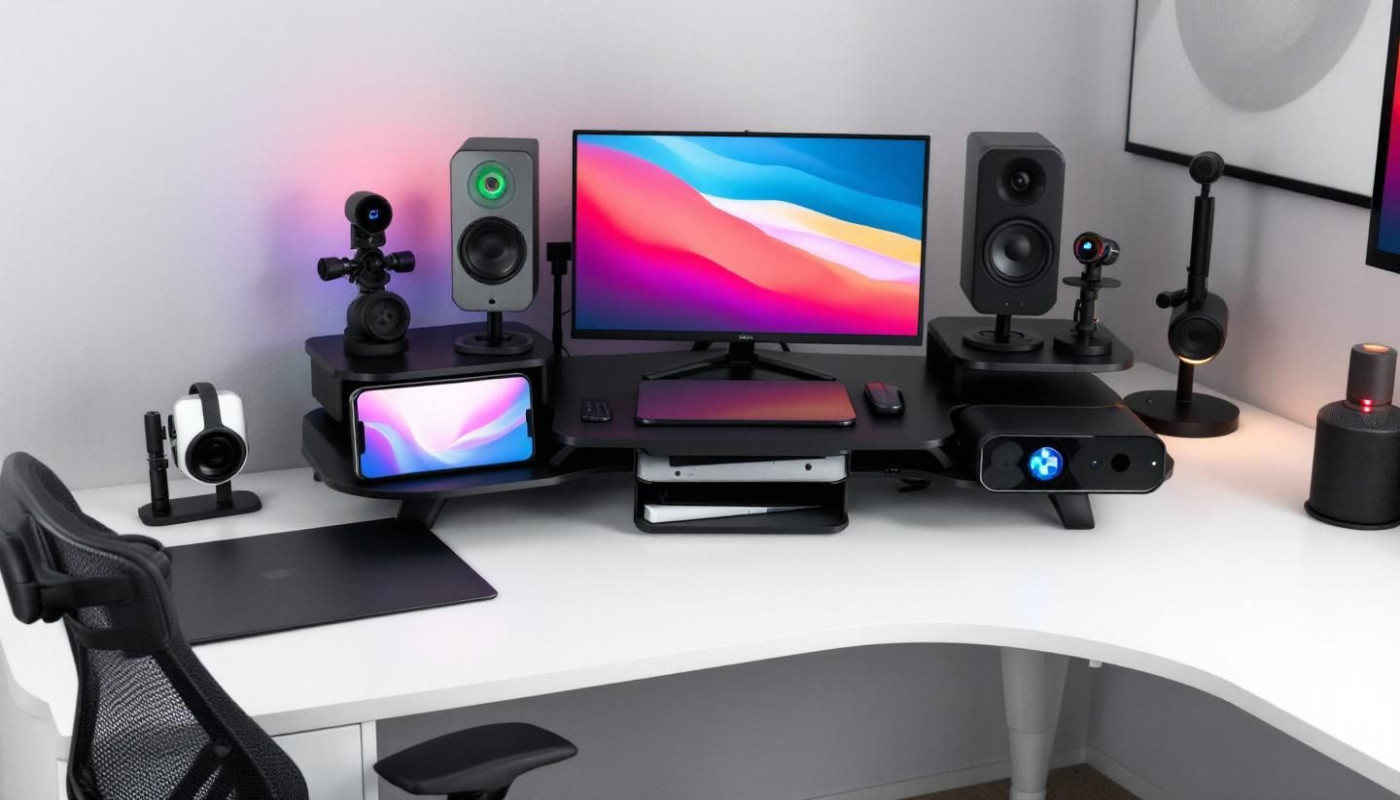Table of contents
Unlock the potential of artificial intelligence to transform visual media, making it more engaging and dynamic than ever before. As AI continues to evolve, new techniques and tools become available that can elevate creativity, streamline workflows, and open doors for beginners. Discover practical insights on enhancing images and videos, and explore how accessible these innovations can be for anyone interested in digital art and media. Dive into the following sections to uncover actionable guidance and start your journey into AI-powered visual enhancement.
Understanding ai-driven enhancements
In the rapidly evolving landscape of digital content, ai visual enhancement has transformed how images and videos are refined, offering unprecedented ease and quality in editing workflows. Algorithms powered by artificial intelligence can now automatically optimize contrast, correct colors, and sharpen clarity with minimal user input, often surpassing the capabilities of traditional manual methods. At the core of these advancements lies the neural network, a sophisticated computational model inspired by the human brain. Neural networks excel at recognizing complex patterns within visual data, enabling automated detection and correction of imperfections, enhancement of details, and even creative adjustments that elevate the overall visual appeal. The integration of neural networks into image editing and video improvement has empowered creators to achieve professional results using intuitive visual media tools, making high-quality enhancement accessible even to beginners. Key SEO keywords for this subject include ai visual enhancement, neural network, image editing, video improvement, and visual media tools.
Beginner-friendly ai tools
Beginner ai tools offer straightforward solutions for those new to visual media editing, focusing on platforms that combine accessible ai with effective results. These tools, such as Canva, Adobe Express, and Fotor, are recognized for their simple user interface (UI), which refers to the set of on-screen elements allowing users to interact with the software. Intuitive UI is essential because it reduces the learning curve, allowing users to focus on creative tasks rather than technical details. With features like drag-and-drop editing, preset filters, and guided tutorials, these platforms make easy image enhancement possible even for users without prior design experience. Enhanced accessibility is achieved through clear navigation, responsive layouts, and built-in support resources, ensuring that creative projects can be completed efficiently and with confidence. When selecting visual media editing tools, considering the UI is key to achieving professional results while maximizing usability for beginners.
Automating repetitive tasks
AI automation is transforming visual media production by taking over tasks that typically consume significant time and effort. One common application is background removal, where AI algorithms quickly isolate subjects from their backgrounds, allowing creators to focus on creativity rather than tedious manual editing. Object detection is another area where AI excels, identifying and tagging various elements within an image or video frame, making asset management and scene analysis much faster. Noise reduction, a vital step in refining visual quality, can now be handled automatically by machine learning models trained to distinguish and eliminate unwanted artifacts from media files. These processes are often integrated into an automation pipeline, a technical sequence where data flows through multiple AI modules, each performing specific actions like detection, enhancement, or segmentation. As a result, media production becomes not only more efficient but also consistent in quality, freeing professionals to dedicate their skills to higher-level design and storytelling. Key search terms for this topic include ai automation, background removal, object detection, noise reduction, and automation pipeline.
Creative effects with machine learning
Machine learning effects have transformed the creative process in visual media, allowing even beginners to achieve professional and imaginative results. One prominent technique is style transfer, where the appearance of a famous painting or a chosen artwork is digitally blended with a new photo, producing striking and original visuals. This process works by leveraging neural networks to analyze the content and artistic style separately, then merging them to create an image that maintains the original structure but adopts a new aesthetic. In addition to style transfer, image upscaling powered by machine learning can significantly enhance the resolution and clarity of photos, making low-quality images suitable for larger displays or print. Creative ai tools now make these advanced transformations accessible, offering intuitive interfaces and a wide range of effects for ai art generation. For those interested in experimenting with machine learning effects, the AI Image Generator app provides a user-friendly platform for trying out style transfer and other creative features, making it easier than ever to make visuals stand out.
Best practices for ai enhancement
Integrating AI tools into visual media workflows requires a balanced approach that prioritizes authenticity and ethical considerations. Workflow integration refers to the seamless incorporation of AI-driven solutions into existing production processes, enabling creators to optimize efficiency and quality without disrupting established routines. To achieve this, select AI tools that align with project goals and ensure that all enhancements serve to complement, not overshadow, the creator’s vision. Always evaluate the originality in media by avoiding over-reliance on automated features; instead, use AI as a supportive resource for tasks like color correction, background removal, or image upscaling. Ethical ai practices are paramount—such as respecting copyright, disclosing AI usage when necessary, and addressing potential biases in generated content. For beginners, start with reputable platforms that offer transparent usage guidelines and prioritize user control. Consistently review outputs for unintended artifacts or stylistic inconsistencies to retain creative intent. Incorporating these visual ai tips into your workflow not only maximizes technical advantages but also reinforces the integrity of creative work, aligning with ai best practices in digital media today.











